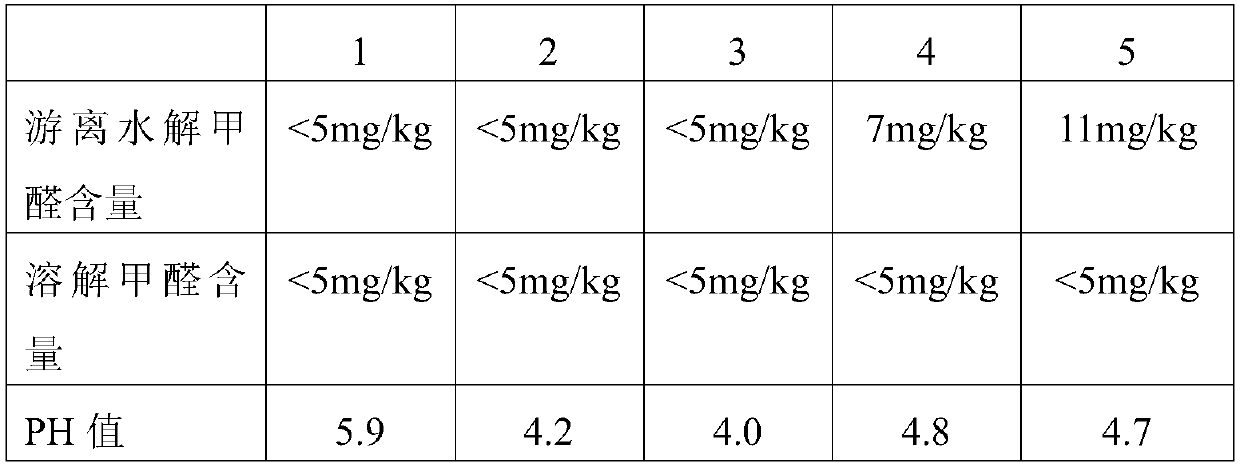Dyeing method of mulberry silk
A dyeing method, a technology of mulberry silk, which is applied in dyeing, textiles and papermaking, etc., can solve the problems of adverse effects, not rich colors and color systems, and low color fastness, and achieve easy acquisition, rich color types, and fast color high degree of effect
- Summary
- Abstract
- Description
- Claims
- Application Information
AI Technical Summary
Problems solved by technology
Method used
Image
Examples
Embodiment 1
[0023] The present embodiment provides a kind of method that mulberry silk is dyed, and this method comprises the steps:
[0024] a, wetting and modifying mulberry silk;
[0025] b, dyeing the mulberry silk obtained through the treatment in step a;
[0026] c, washing the mulberry silk obtained through the treatment in step b;
[0027] d, further fixing the color of the mulberry silk obtained by washing in step c;
[0028] e, softening the mulberry silk after color fixing in step d and directly drying.
[0029] Specifically, step a includes: putting mulberry silk into a dyeing vat, adding soft water (20-25°C) at normal temperature and a treatment agent (Vege Plus) at a concentration of 10% o.w.f. In the aqueous solution of the dye, the temperature in the dye vat was raised from room temperature to 70°C at a rate of +2°C / min for 60 minutes, after which the dye vat was emptied and the mulberry silk was washed with soft water.
[0030] Step b includes: preparing a dye solutio...
Embodiment 2
[0036] The present embodiment provides a kind of method that mulberry silk is dyed, and this method comprises the steps:
[0037] a, wetting and modifying mulberry silk;
[0038] b, dyeing the mulberry silk obtained through the treatment in step a;
[0039] c, washing the mulberry silk obtained through the treatment in step b;
[0040] d, further fixing the color of the mulberry silk obtained by washing in step c;
[0041] e, softening the mulberry silk after color fixing in step d and directly drying.
[0042] Specifically, step a includes: putting mulberry silk into a dyeing vat, adding soft water (20-25°C) at normal temperature and a treatment agent (Vege Plus) at a concentration of 5% o.w.f. In the aqueous solution of dyeing agent, the temperature in the dyeing vat was raised from room temperature to 80°C at a rate of +2°C / min for 60 minutes, after which the dyeing vat was emptied and the silk was washed with soft water.
[0043]Step b includes: preparing a dye solutio...
Embodiment 3
[0049] The present embodiment provides a kind of method that mulberry silk is dyed, and this method comprises the steps:
[0050] a, wetting and modifying mulberry silk;
[0051] b, dyeing the mulberry silk obtained through the treatment in step a;
[0052] c, washing the mulberry silk obtained through the treatment in step b;
[0053] d, further fixing the color of the mulberry silk obtained by washing in step c.
[0054] e, softening the mulberry silk after color fixing in step d and directly drying.
[0055] Specifically, step a includes: putting mulberry silk into a dyeing vat, adding soft water (20-25°C) at normal temperature and a treatment agent (Vege Set) at a concentration of 6% o.w.f. In the aqueous solution of dye, the temperature in the dyeing vat was raised from room temperature to 70°C at a rate of +2°C / min for 60 minutes, then the dyeing vat was emptied and the silk was washed with soft water.
[0056] Step b includes: preparing a dye solution and using the ...
PUM
 Login to View More
Login to View More Abstract
Description
Claims
Application Information
 Login to View More
Login to View More - R&D
- Intellectual Property
- Life Sciences
- Materials
- Tech Scout
- Unparalleled Data Quality
- Higher Quality Content
- 60% Fewer Hallucinations
Browse by: Latest US Patents, China's latest patents, Technical Efficacy Thesaurus, Application Domain, Technology Topic, Popular Technical Reports.
© 2025 PatSnap. All rights reserved.Legal|Privacy policy|Modern Slavery Act Transparency Statement|Sitemap|About US| Contact US: help@patsnap.com



